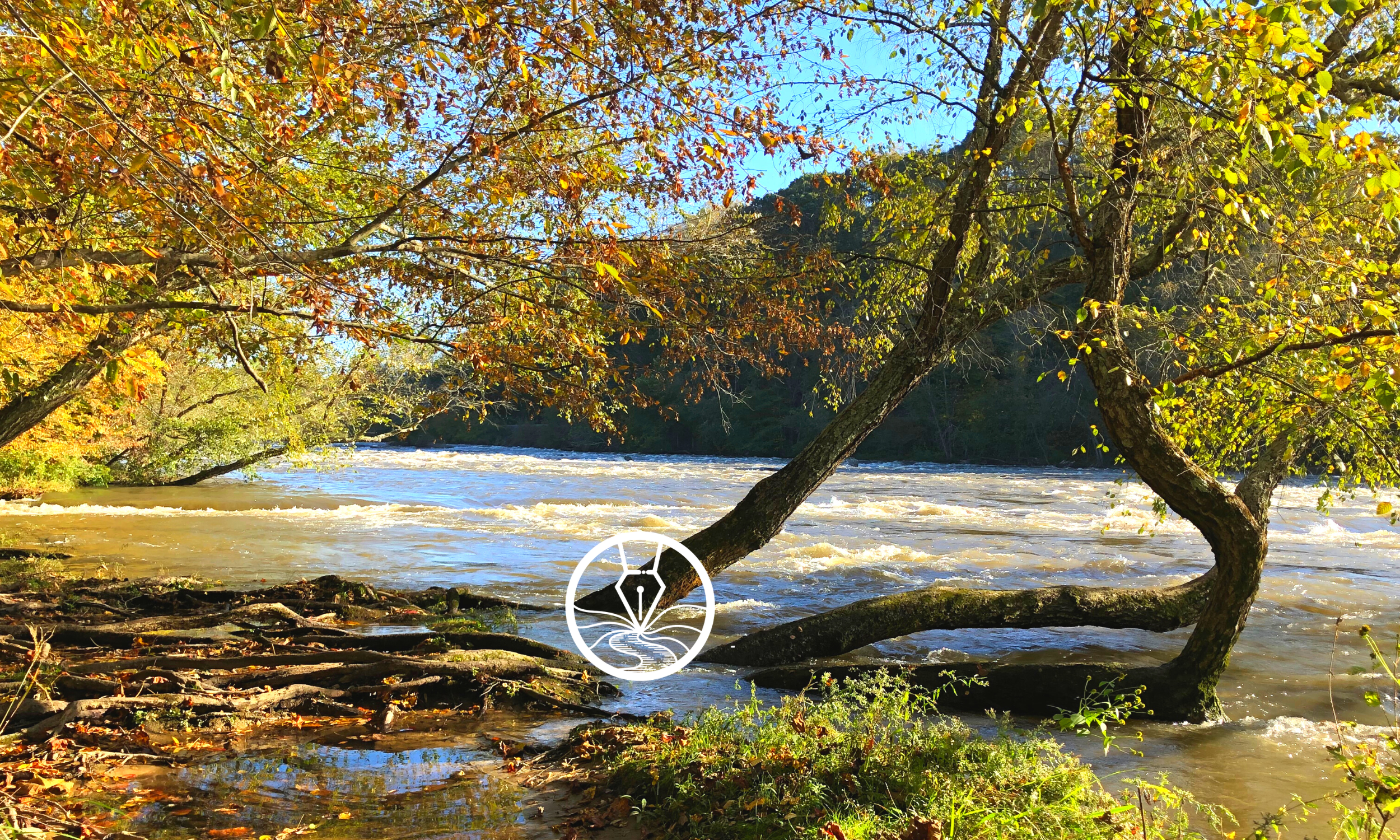
People Are
Stories-in-Progress
As a head’s up, this online version of People Are Stories-in-Progress is more than 44,000 words long. That’s as long as some novels.
There are some typos and errors in these web pages, which I’ve corrected in the eBook. I will eventually correct those errors here in the online version as well, but since there’s other stuff I’m excited to make, I’m not rushing that process. My goal is to complete this online update by September 2023. This banner will disappear when this page has been revised.
(Please note: I didn’t make any major changes in the updated eBook—I only refined the wording slightly, so you’re still getting a very similar experience between the two versions.)
Story Processing
Freewrites
So, what does this process have to do with writing fiction?
When I am working on a novel, I use the exact same process. The difference is only in the name. For fiction, I don’t call that processing “journaling” (though I sometimes write about my fiction in my journal). When this process is specifically for a book, I call it a “freewrite.” (Creative lineage credut: This is what Ms. Wilder, my ninth-grade English teacher, called it when she shared it to our class, and I believe that Ms. Wilder got them from Julia Campbell, author of The Artist’s Way.) I’ve been using them ever since.
The method is easy: You set aside a certain amount of time, such as twenty minutes, or a certain amount of space, such as two full pages, single-spaced. Then you keep your hands moving—either writing or typing—until you fill that amount with words. You don’t stop to edit. You don’t stop—period. You let the words spill out.
You can rely on freewrites at any time—during the first draft when you’re stuck or during the revision process when you can feel that a scene isn’t right. Here, you can ask any question that come up during your creative process.
Here is a sampling of questions I asked myself in freewrites, which I found in my workpapers for Of Witches and Wind (the second book of my series The Ever Afters):
Rory (the narrator): what exactly is she feeling in the opening scene of the book?
Rory: what does it mean when her face goes hot and she blushes so hard?
How do I rewrite the beginning of this novel?
Chase (another main character): Is he really the star of the novel’s plot, even though it’s not his quest/Tale? How are his arc and Rory’s similar? Different?
What are Rory’s motivations and fears when lying to her parents and going on this quest? What about Lena (a third main character), being left behind?
Chase: what exactly becomes clear about his life before the series begins? What is each person’s reaction to that information?
In case you want to read an example, here’s a link to the last one:
Story Processing: Freewrite Version
The internal process, which shows up on the page during a freewrite, is the same as what happens when you’re journaling:
You let out all your feels, about your story, the problematic scene, etc. In other words, you vent.
Often, at the beginning of a freewrite, you will write a bunch of stuff that has nothing to do with your question. In freewrites, I’ve written about concerns over my deadlines, annoyance at roommates, being cranky-hungry, and also lamented about why I wanted to write such a complicated story.
These are all valid feelings. They need a place to go. Give them a little room, and like with journaling, keep going. (However, if you’re excited to dive right into your question, then it’s absolutely okay to skip the venting stage.)Then, reminded by the question at the top of the page, you redirect to the problem at hand.
You re-examine all the elements, in an exploratory free flow. As tempting as it is to force a solution, resist the urge to start creating one right away. Before the solution, you need to better understand the problem. Often, story structure comes up, or character motivation, or the responses of other characters in the scene.
Spilling your thoughts on the page, your ideas stop swirling. They settle for a while, and at that point, you can connect the dots between them.With meaning made in the freewrite, you reach a new level of clarity, and eventually, that new understanding will help you decide what to do.
By the end of the freewrite, you may have fixed whatever problem you were trying to solve, or you may not. Sometimes, at the end of the freewrite, I’ve only narrowed it down to two options, and the next action I assigned myself was to sleep on it and make a decision in the morning. Other times, I only have an idea I want to try, because I think it might work.
Though freewrites may not give you a complete answer every time, they always help you unlock a piece of the answer.
They move you from stuck and overwhelmed to moving in a more useful direction. When you return to your manuscript with more clarity after a freewrite, you tend to stumble onto the right solution for your story sooner or later.
